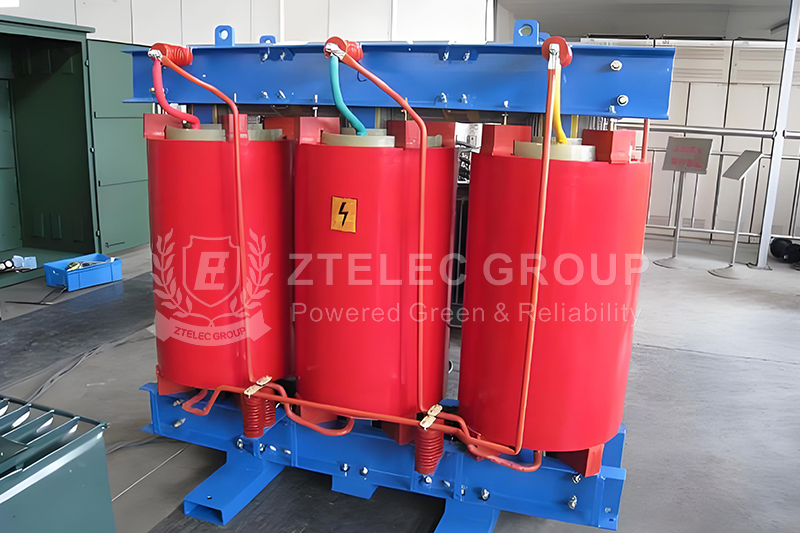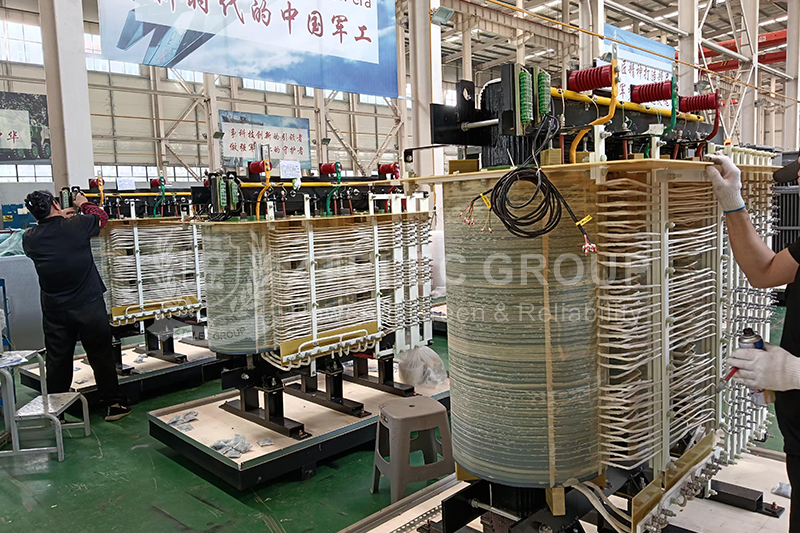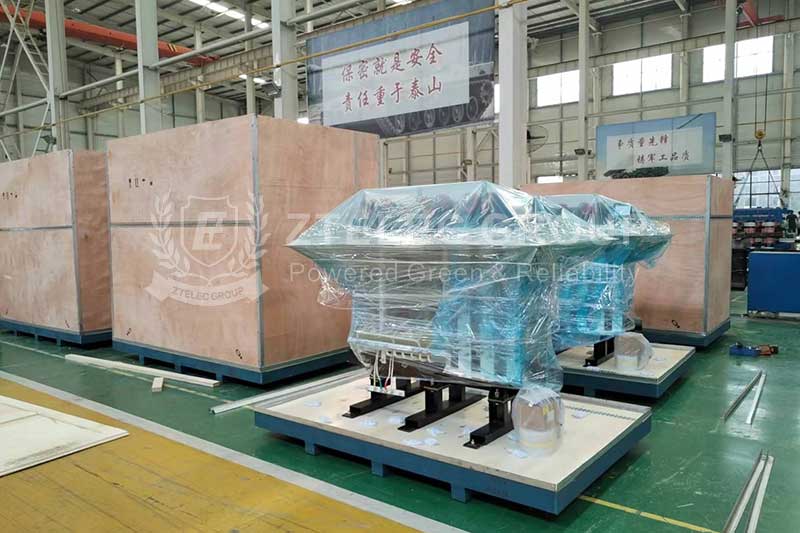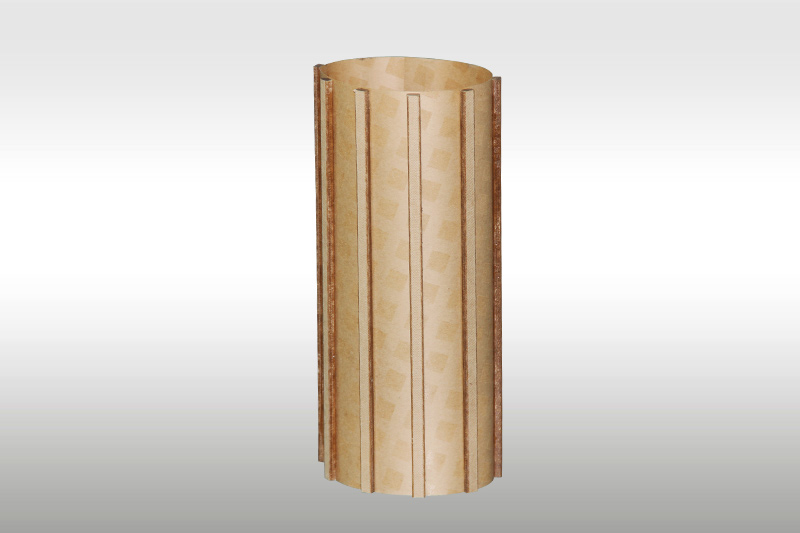What are the wiring methods of dry-type transformers?
The wiring methods of dry - type transformers mainly depend on their winding structures (such as star, delta, or zigzag) and application scenarios (such as the high - voltage side or low - voltage side).
The winding connection methods of dry-type transformers are mainly divided into two types: delta connection (D connection) and star connection (Y connection). These two connection methods are very common in dry-type transformers and are represented by D; and Yrespectively. Specifically, the delta connection (D connection) is often used on the high-voltage side. Its characteristic is that it can balance the zero-sequence current, thus effectively reducing the magnetization loss of the transformer. The star connection (Y connection) is more suitable for use on the low-voltage side. Especially the star connection with a neutral line, such as Yn, can efficiently handle the third-harmonic current and the zero-sequence current in the three-phase unbalanced load.
Y-y connection (star-star connection)
In the Y-y connection method, both the primary winding and the secondary winding are connected in a star shape. The three ends of the primary winding are connected together to form a neutral point, which can be grounded or ungrounded. The three ends of the secondary winding are also connected together to form a neutral point. This connection method can provide a three-phase four-wire power supply, that is, there are three phase lines and one neutral line. Its advantage is that it can provide two voltage levels, and the line voltage is 3 times the phase voltage. For example, if the primary-side line voltage is 10kV, the phase voltage is approximately 5.77kV; if the secondary-side line voltage is 400V, the phase voltage is approximately 230V. This connection method is often used in distribution transformers to supply power to residential and small-scale commercial users.
D-d connection (delta - delta connection)
In the D-d connection method, both the primary winding and the secondary winding are connected in a delta shape. This connection method can only provide a three-phase three- wire power supply without a neutral line. Its advantage is that the insulation level requirements of the transformer windings are relatively low because each phase winding bears the line voltage. In some industrial occasions with high requirements for power supply quality and no need for a neutral line, such as the power supply for large-scale motors, this connection method is often used.
Regarding specific connection groups, for example, in Dyn11, D represents delta connection, Y represents star connection, and n in both connection methods refers to a star connection with a neutral line. In addition, there are other connection groups such as Yyn0, where n also means a star connection with a neutral line.
Wiring precautions
Safety regulations
When wiring a dry-type transformer, safety regulations must be strictly adhered to. Operators should wear protective equipment such as insulating gloves and insulating shoes to ensure their own safety. Before wiring, the power supply should be cut off first, and an electric tester should be used to test for electricity. Wiring operations can only be carried out after confirming that there is no electricity.
Firm wiring
The wiring terminals should be connected firmly to avoid looseness. Loose wiring will increase the contact resistance, cause overheating, and may even trigger a fire. A torque wrench can be used to tighten the wiring terminals according to the specified torque value.
Clear identification
After the wiring is completed, each wiring terminal should be clearly marked, indicating information such as phase sequence and voltage level. This can facilitate workers to quickly and accurately identify the functions of each wiring terminal during subsequent maintenance and management.
- more+releated article
- 2025-10-21Application of K Factor Transformer
- 2025-10-21Detailed explanation about transformer model w
- 2025-10-2010kV Oil-Immersed Transformer Safety: Lightnin
- 2025-10-20What are The Advantages of Phenolic Cotton Clo
- 2025-10-17Are Three-Phase Isolation Dry-Type Transformer
- 2025-10-17G10 Epoxy Sheet: Choosing the Right Specificat
- 2025-10-1610kV Oil-Immersed Transformer Operation Inspec
- 2025-10-163240-B Epoxy Phenolic Glass Fiber Cloth Lamina
- 2025-10-15G10 Epoxy Sheet: The Preferred Insulation Mate
- 2025-10-15Analysis of Energy-Saving and Noise Control Te






